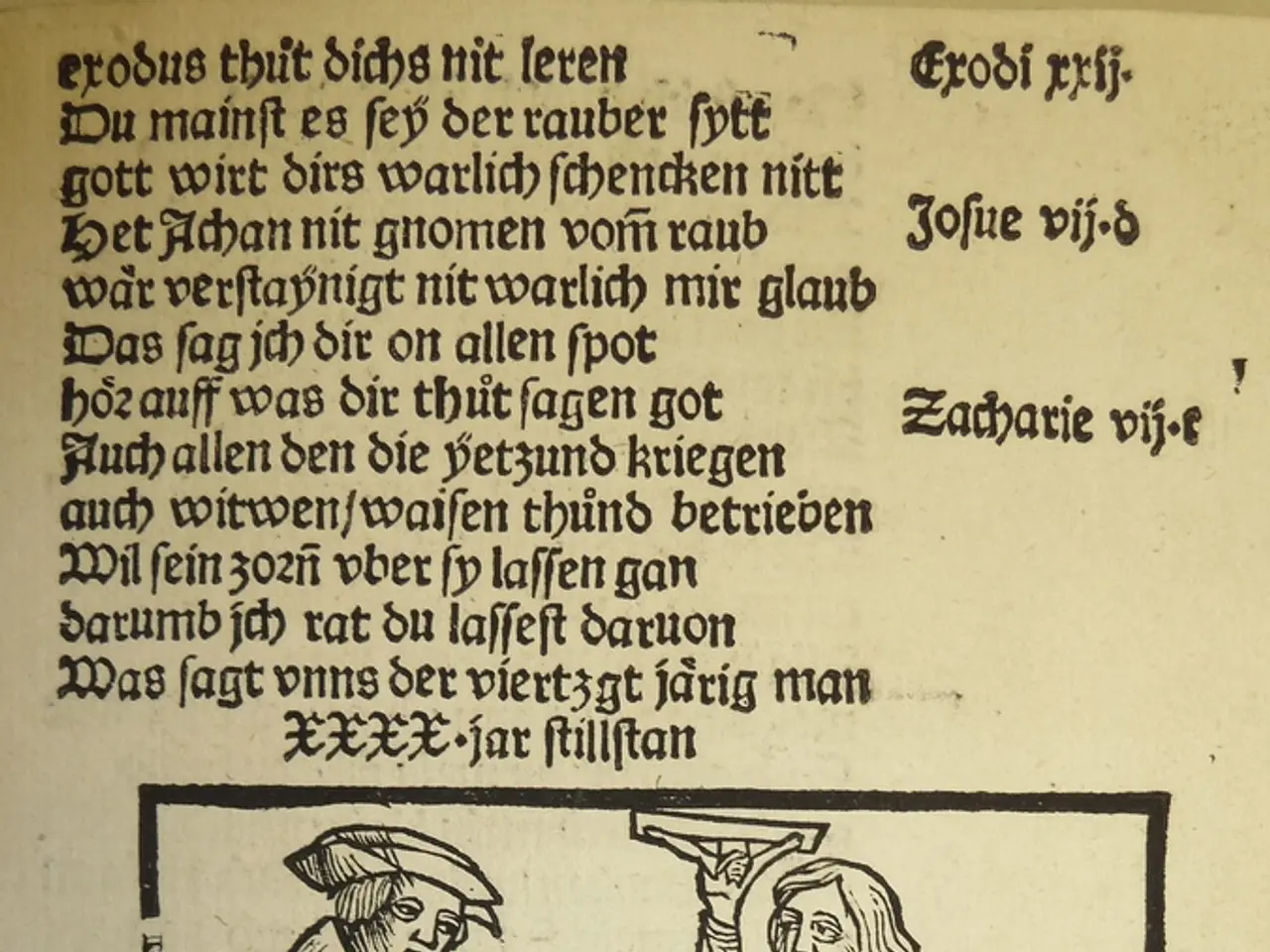Python's Tokenization Methods: From Basic to Advanced NLP
Python offers several methods for tokenizing text, a crucial step in Natural Language Processing (NLP). This involves breaking down text into smaller units, typically words, for analysis.
The most fundamental approach is using the split() method, which divides a string into a list based on a specified delimiter. For more advanced NLP tasks, the Natural Language Toolkit (NLTK) provides the word_tokenize() function, which handles punctuation as separate tokens.
Gensim, a robust library for topic modeling and document similarity analysis, offers the tokenize() function for text tokenization. Pandas, a powerful data manipulation library, can tokenize text in DataFrames using the str.split() method, making it efficient for large datasets. For instance, when dealing with a large dataset in a Pandas DataFrame, applying a vectorized tokenizer like nltk.word_tokenize combined with Pandas' .apply() method is recommended for efficiency and ease of integration.
The re module allows for custom token extraction based on patterns using re.findall().
Python's tokenization methods cater to various needs, from basic to advanced NLP tasks. Whether using built-in functions like split() or more specialized tools like NLTK, Gensim, or Pandas, tokenization is a vital first step in understanding and manipulating text data.








